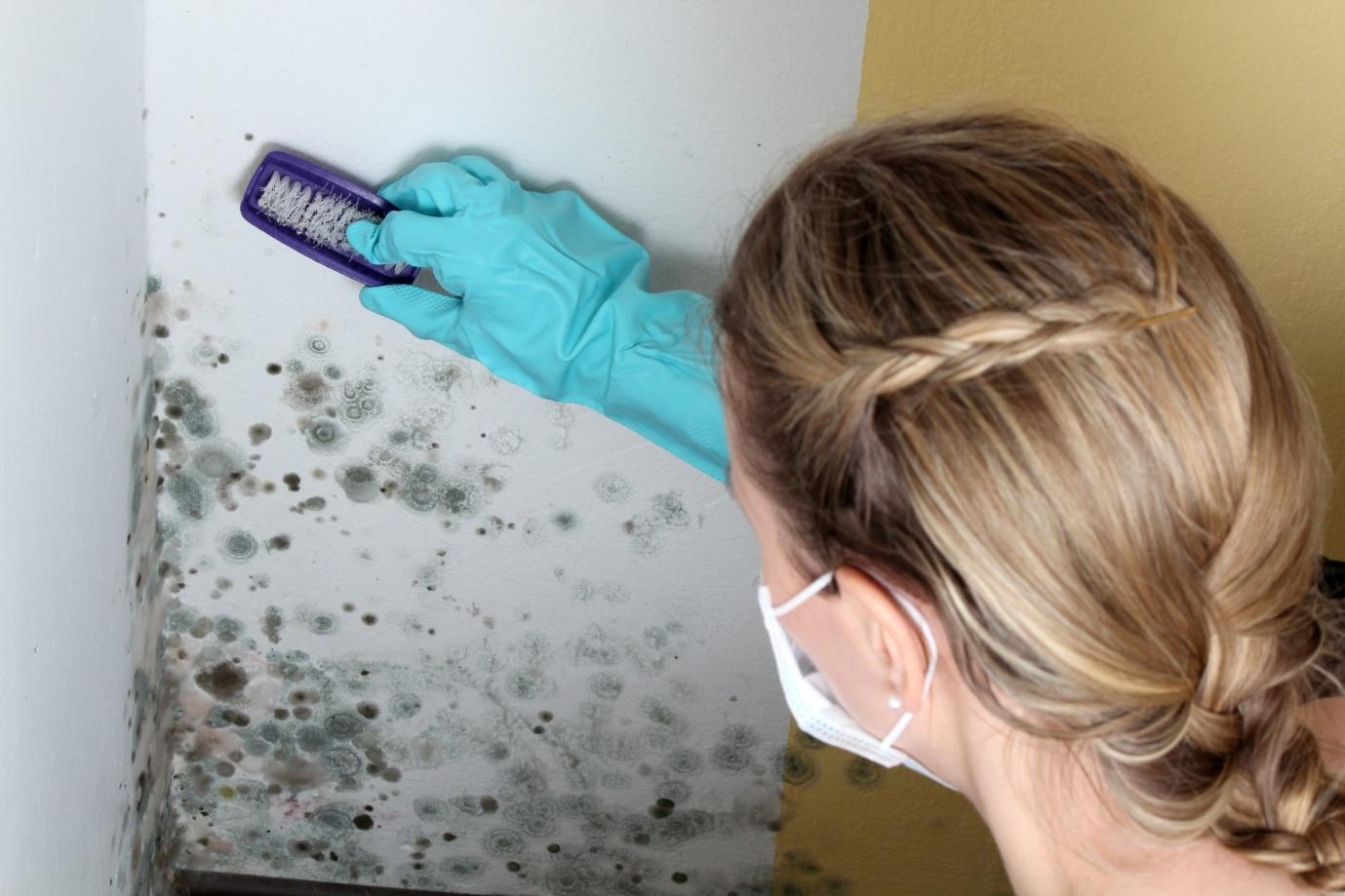

Did you know that mold can be around the house or in our offices without us even realizing it?
Thousands of fungal species are capable of colonizing a puddle or pile of damp paper. People also shouldn’t let their guard down against mold growing regardless of where they are.
If you’ve been exposed to mold, you may be feeling less than okay. But how do you know what the exact symptoms of mold exposure are? Whether it’s due to mold in the house or office spaces, read on to find out what mold exposure symptoms are.
Common Symptoms
Common symptoms of mold exposure include respiratory problems such as coughing, sneezing, and wheezing. Other symptoms can include headaches, congestion, sinus issues, and even fatigue. Allergies, skin rashes, and eye irritation are also other common signs of mold exposure.
If you or someone you know is exhibiting any of these symptoms, take the proper steps to assess and treat the situation. If you leave it untreated, it could result in long-term health issues due to prolonged exposure.
More Severe Symptoms
More severe symptoms of mold exposure include chest tightness, asthma exacerbations, and acute bronchitis. Breathing difficulties can occur as a result of heightened allergic or irritative responses to mold.
Immunocompromised individuals or those with underlying chronic health conditions are at an increased risk for more serious complications. Always pay attention to any signs your body gives you. Treat symptoms immediately, and contact health services right away if they worsen.
When to See a Doctor
If the symptoms are severe, you should seek medical attention. Any difficulty breathing, chest tightness, or inability to breathe deeply should be taken seriously. Other symptoms, such as chest pains, excessive fatigue, and fever, may also warrant more serious medical attention.
If you were exposed to mold and are experiencing any of these symptoms, see a doctor for a proper diagnosis and plan of treatment.
Treatment
Treatment for mold exposure can vary depending on the severity of the symptoms. For example, antihistamines may counteract the body’s allergic reaction to mold.
Antibiotics may be required in cases of more severe symptoms like pneumonia or individuals with weakened immune systems. In some cases, crawl space mold removal may be the best solution to prevent further risk from mold exposure.
If mold is found in your home, you may want to consult a professional. They are skilled in mold clean-up and remediation. This can help prevent any future exposure and risk factors.
Knowing All About Mold Exposure Symptoms
When it comes to mold exposure, symptoms can range from nothing to significant health effects. Mold exposure symptoms can be life-threatening, especially if untreated.
Being informed of the potential symptoms and knowing how to prevent them is key. If you’re concerned about possible mold exposure, contact your doctor immediately.
They can give you a proper diagnosis and treatment plan. Now you know the symptoms, utilize this knowledge to stay safe and healthy.
For more tips and guides, be sure to visit our blog today!
Discover the incredible teamwork of bees and how their collaboration sustains ecosystems. Learn how we…
A night out at a top-notch bar with an incredible view can be an unforgettable…
Learn the critical safety features every go-kart track needs. From barriers to emergency solutions, these…
Wooden pallets are essential for efficient logistics. Learn how to ensure safe transport and storage…
Discover five warning signs that indicate it’s time to replace your car. From repair costs…
Having PPE on hand isn’t enough to protect your team. Learn how to enhance safety…